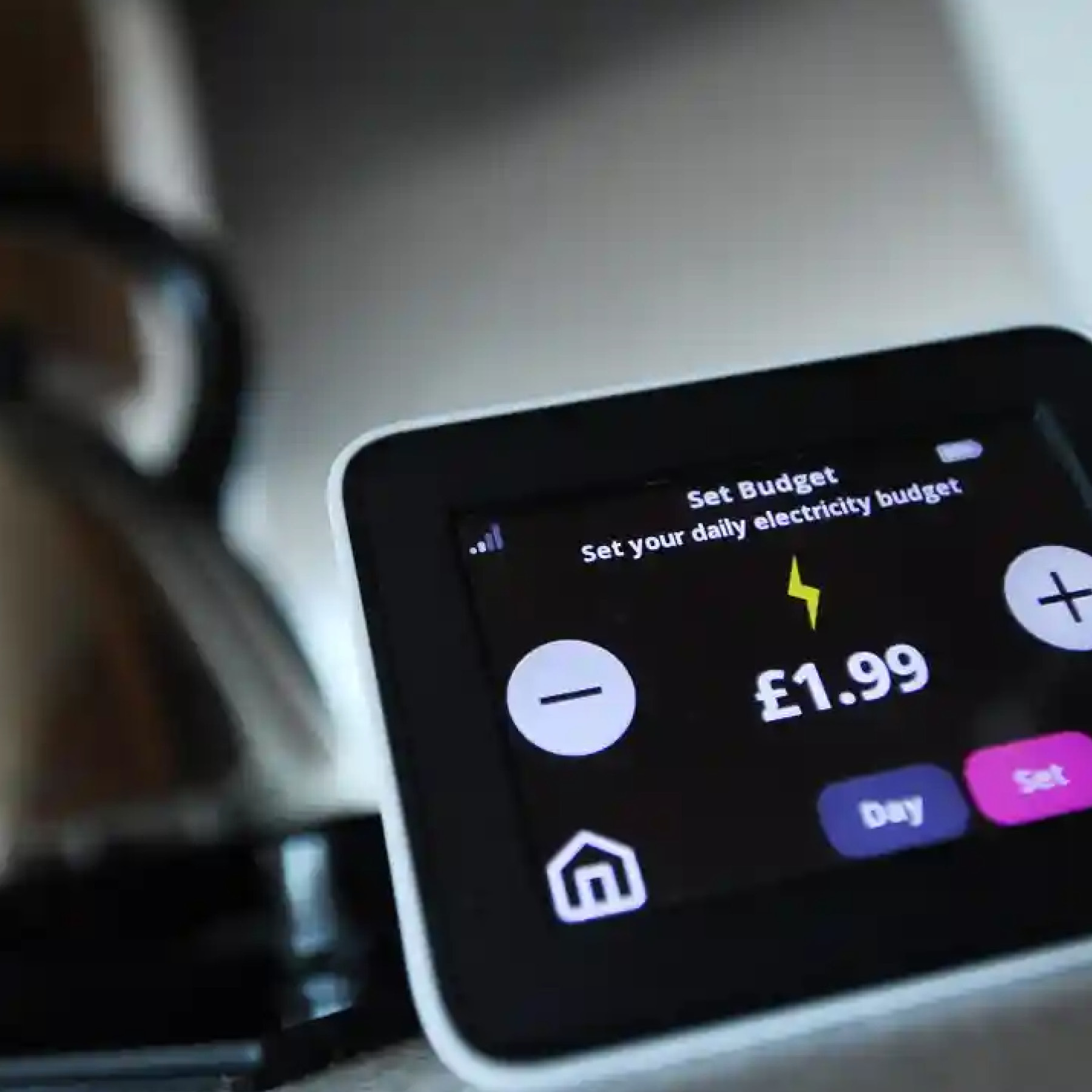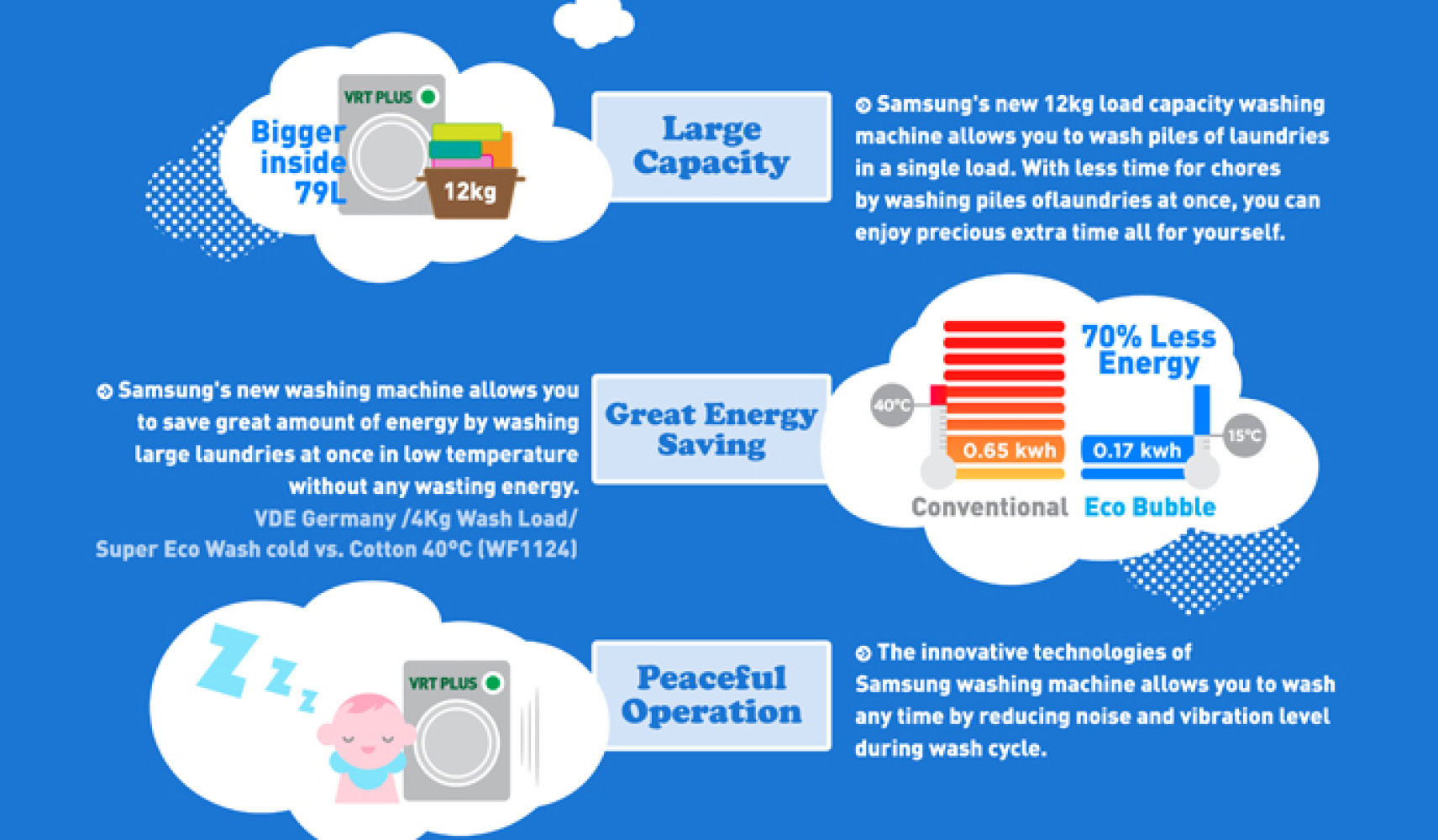The Cost of Living Crisis: Consumer Confidence in 2022

Coming into 2022, many businesses expected this year to be a strong post-Covid recovery year, however, the rising cost of living has prompted a drop in consumer confidence. As an introduction to our forthcoming Householder Economy series, here we touch upon two key strategies to help brands and retailers navigate this emerging landscape.
Driven by soaring inflation which reached a 40 year high of 9% in the UK in April, householders are anticipating increasing costs in basics like food, energy and everyday consumables, so a squeeze on discretionary spending looks inevitable for UK consumers. The UK consumer confidence index fell to -40% in May 2022, its lowest since records began in 1974. Similarly in the US, the University of Michigan consumer sentiment survey was revised down to 58.4 in May of 2022, the lowest since August 2011.
Shoppers will trim their household spending this year, with many already beginning to identify the products and services they see as superfluous. This is evident with immediate effect on entertainment, eating out and travel expenditure.
Businesses will need to work harder to tap into swiftly changing consumer needs and ensure they remain relevant in this challenging environment.
“We are working with our global research network to identify specific challenges in each region. It’s clear from the research that different types of householders will respond to the cost of living crisis in different ways. Each consumer group has a different set of priorities,” explains TrendBible Head of Consultancy, Laura Jolly Yan. “Sectors in the ‘in-home’ category – from snacking, to entertainment, to decorative accessories, to laundry – are all going to be impacted by new behaviours.”
How this impacts life at home
House price growth (which was up 10% YOY in May 2022) is likely to slow in the latter half of 2022 as the market calms down. The Bank of England base rate is expected to rise to between 1.5 and 2%. These rising interest rates will increase mortgage costs, making repayments more expensive and increasing the overall size of the home loan. The average increase in UK household energy bills from April 2022 will be £693 annually. With disposable income being squeezed by rising bills, households will look to make cut-backs on non-essential leisure spending and will potentially invest more time and money into making their homes the best possible place to be, just as they did during the lock-downs of 2020.
Nonetheless, navigating the cost of living crisis will be difficult for consumers. Below we outline two key strategies that brands can adopt to build on customer satisfaction, particularly in the midst of these adverse times.
Transparent Pricing
When price increases are unavoidable, transparency is key. It will be paramount for brands and retailers to build loyalty and trust with their consumers and community by creating clear and honest messaging around price increases. Some brands have provided timelines and dates to give customers time to ‘stock up’ prior to the inevitable higher costs.

Contemporary scent and candle brand ‘Boy Smells’ handled this situation by explaining the reasons behind their increases and gave plenty of notice to buy before any changes came into place. Their social media post was met with positive comments, many commending the brand for their action and transparency. Measures such as this could earn long-term brand loyalty and mitigate the impact on sales and profits.
Sell the Benefits
It is no secret that today’s consumers are the most demanding and savvy when it comes to the products they select for their homes and busy lifestyles. Being cost effective will not be enough to entice new customers to a brand or product. While trends will always continue to elevate a product’s offering, it will be key to rethink your overall product proposition to make sure your consumer base deems it ‘investment worthy’.
Samsung’s laundry solutions taps into the key benefits of smart technology and money saving techniques with its Ecobubble range. Their advertisements are simple and easy to digest, conveying the benefits the customer will automatically gain from investing in their product range. Focusing smart technology benefits on how to save the end user money will gain not only popularity but precedence amidst the cost of living crisis and something the consumer will come to rely on.

Both the elevation of your product range and messaging that supports it are vital to communicating benefits and end usage. Providing more than one benefit will be hugely valuable when money, space and value are all key purchase drivers.
For key strategies on how to navigate the new householder economy watch our free webinar on The Cost of Living Crisis. Sign up here to watch on-demand.